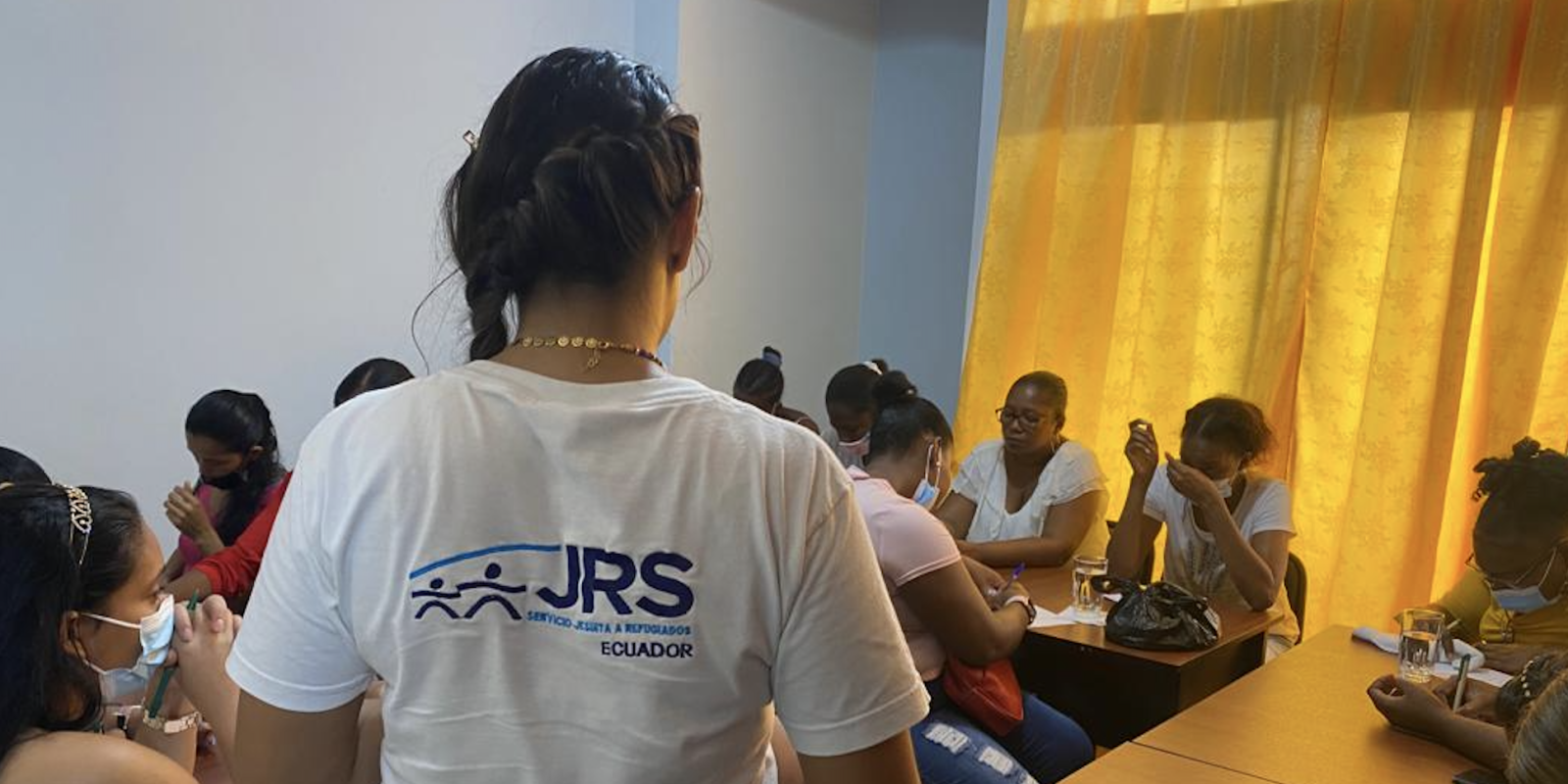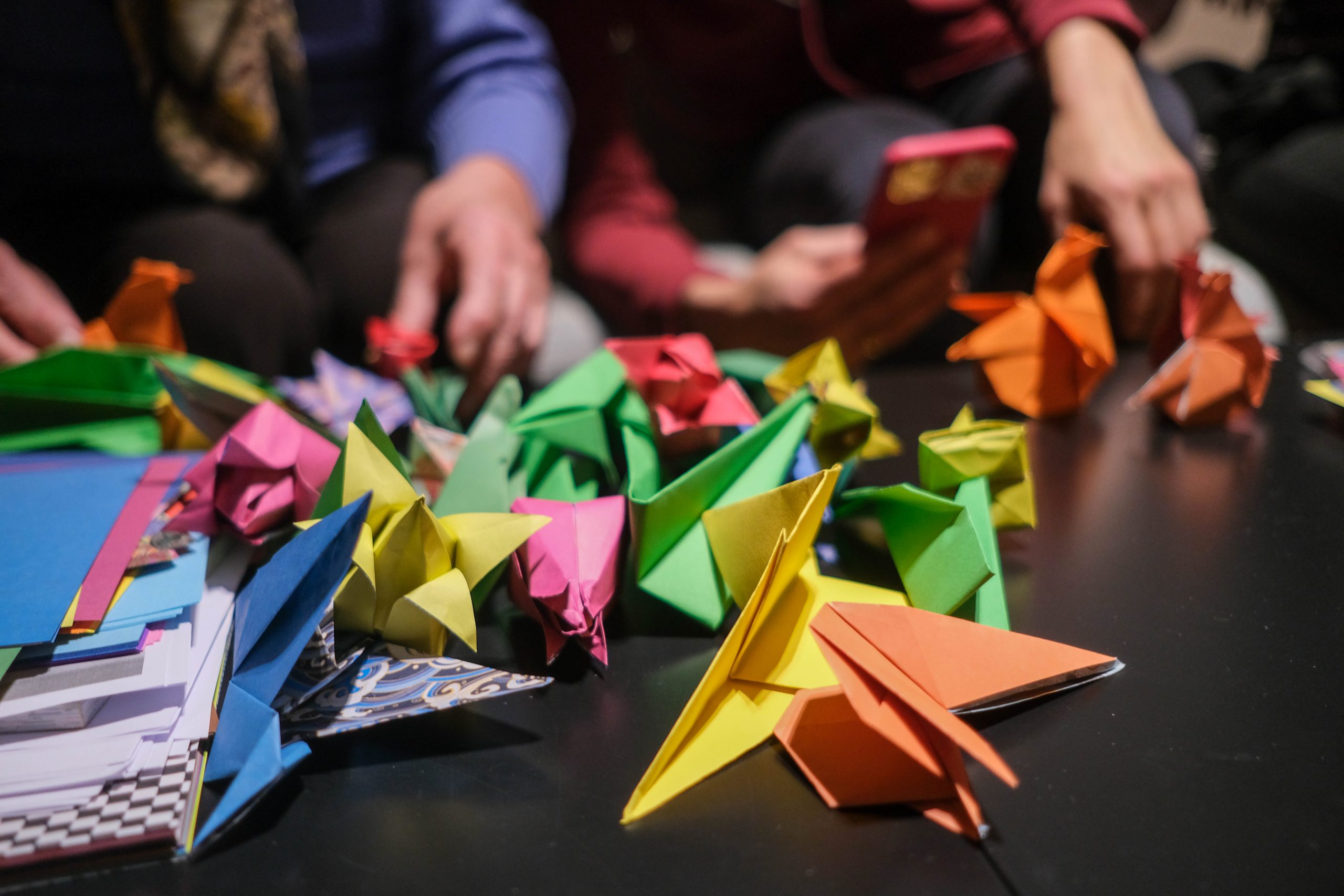International Women’s Day: Gender & migration at the forefront
04 March 2022
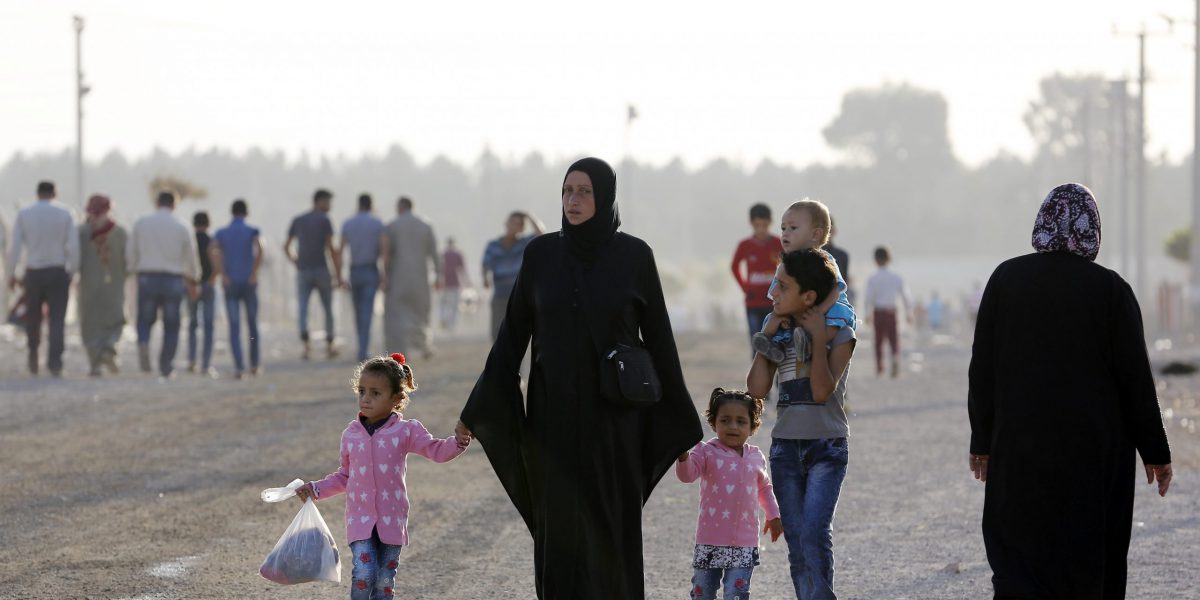
Ahead of International Women’s Day, March 8, JRS/USA sits down with Dr. Susan F. Martin, migration scholar, to better understand the implications of gender and identity on migration, safety, and security.
Content Warning: sexual violence and abuse
The issues of gender, migration, and displacement do not exist in a vacuum. Far from it.
“We need to look at women’s issues,” when understanding migration and displacement, says Dr. Susan F. Martin, Donald G. Herzberg Professor Emeritus in the School of Foreign Service at Georgetown University.
Dr. Martin explains that if we neglect to address intersectionality and how other forms of identity such as “religion, nationality, or legal status,” interact with gender, we will not understand the full set of issues involved in the experience of women, migration, and displacement.
“When you’re looking at the reasons that women migrate, or why they are more vulnerable to certain forms of displacement and migration, then you have to understand where the inequalities and inequities fall within the spectrum of understanding that causation,” she says.
Throughout the experience of displacement and the process of migration, women face specific circumstances and challenges because of their gender.
Firstly, deciding who will migrate is inherently gendered: “When a family is going to pull all of their financial resources together to get somebody out, it will be usually the young man…who is at a higher risk in times of conflict…and who can make more money and send it back to home.”
This means that women often do not have the opportunity to migrate when and where they need to.
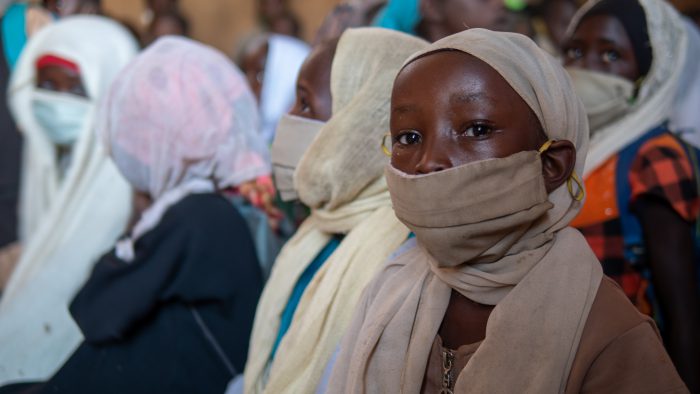
Gender, in part, often answers the question of “who does better by moving.” Women are more often living and taking care of their children in poverty “without skills or education that they can use to get jobs in the non-agricultural workforce.” This lack of access compounded by a lack of social connections and networks leads to “involuntary immobility,” when “people want and need to move but cannot get out,” Dr. Martin explains.
Women are therefore more likely to experience involuntary immobility because of “poverty, lack of education, and lack of a social networks.”
Once a group or family decides to move, elderly people often fear they will slow everyone down and a difficult decision is often made to leave older members of a community in place. Around the globe, women tend to live longer than men and, therefore, the elderly community consists of more women who in times of forced migration, might experience involuntary immobilization.
During transit, the route which women travel is often more regular and facilitated by a paid smuggler. Although this circumstance is still not safe, it is safer than the “clandestine process” of entering a country that men tend to undertake. Nevertheless, Dr. Martin explains, if caught, the repercussions of this migration process is harsher for women who are found to be entering with fraudulent documentation.
“If they are deported, they may not be able to reenter legally for 5 to 10 years,” she says.
For many reasons, borders are challenging locations for all migrants but, women face additional and specific dangers. Borders are often marked by significant geographical structures, such as mountains, rivers, and thick vegetation, that make movement difficult. They are often places where human and legal rights are violated, as demonstrated at the US- Mexico border. There is also a high risk or sexual abuse and exploitation.
She continues to share a story about a group of refugee women who talked with her about their experiences. In preparation to cross a border, they made plans to insert cotton material into their uteruses. When Dr. Martin asked why they were going to do this, one woman replied, “we are going to get raped on our return, we want protection.”
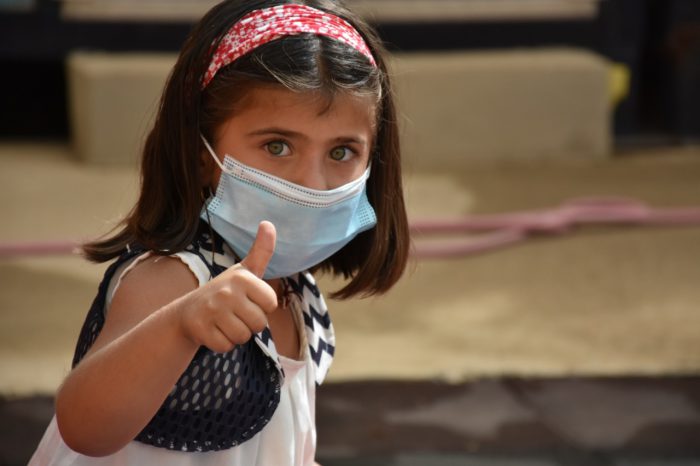
Migration policy is also often gendered in ways that can be both, paradoxically, beneficial and detrimental for women. For instance, Dr. Martin uncovers the history of and details behind family reunification legislation. When the policy was first implemented in the US, it helped facilitate more regular migration. Speculation arose about the legitimacy of some of these marriages so “then there was legislation to delay granted permanent residence for two years, if it was a new marriage to see if [it] was real.”
This turned into another form of abuse towards women who were forced to stay in marriages for fear of deportation. This eventually led to legislation in the Violence Against Women Act “to provide a separate pathway for abused women who needed to leave a marriage within the two-year framework.”
This is just one instance of many where “seemingly neutral legislation ends up having pernicious effects on particular segments of the population.”
On this International Women’s Day, we must examine the unique and specific experience of women migrants and refugees and work towards more gender-responsive legislation and access to opportunities.

